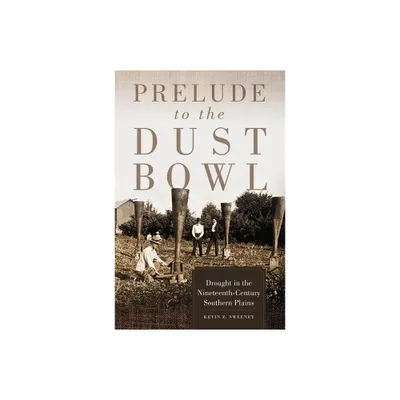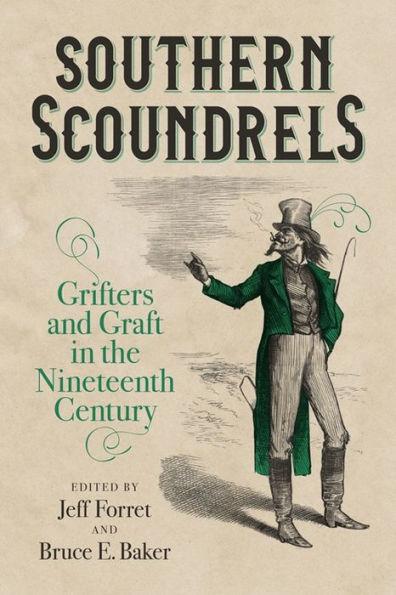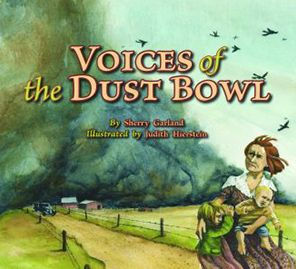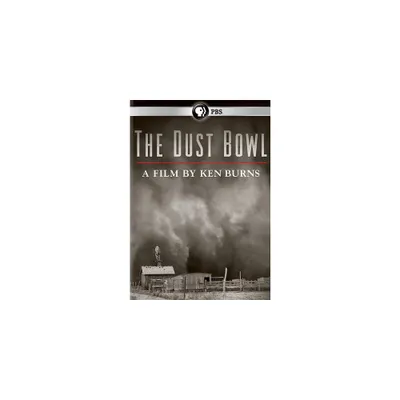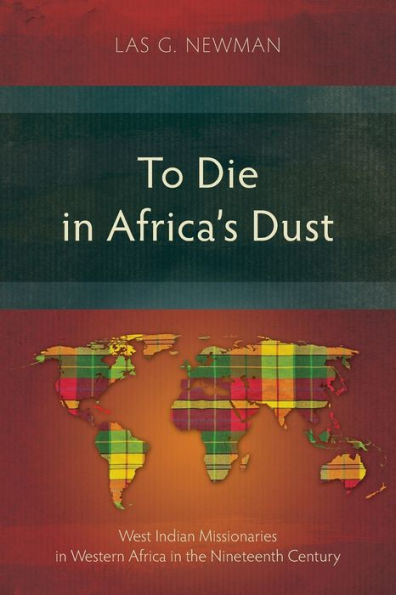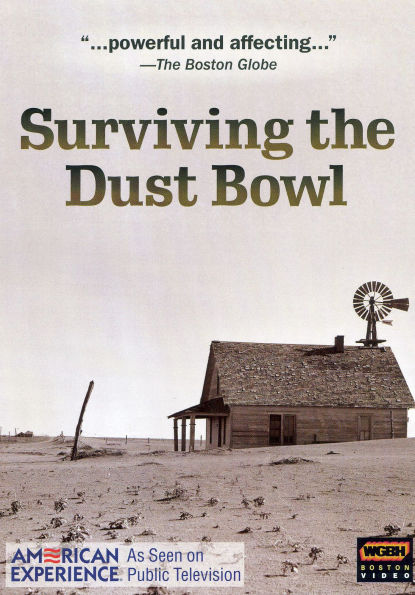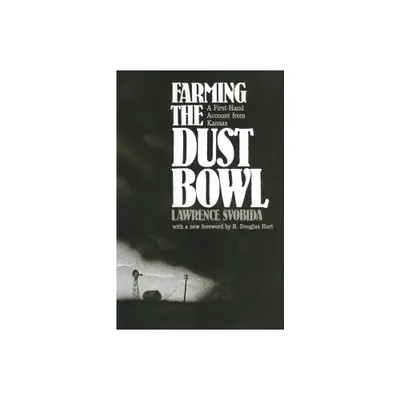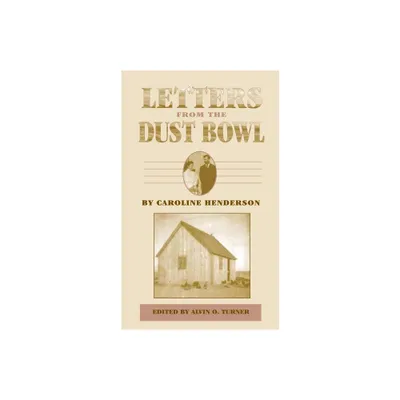Home
Prelude to the Dust Bowl: Drought Nineteenth-Century Southern Plains
Loading Inventory...
Barnes and Noble
Prelude to the Dust Bowl: Drought Nineteenth-Century Southern Plains
Current price: $34.95


Barnes and Noble
Prelude to the Dust Bowl: Drought Nineteenth-Century Southern Plains
Current price: $34.95
Loading Inventory...
Size: Hardcover
*Product Information may vary - to confirm product availability, pricing, and additional information please contact Barnes and Noble
Before the drought of the early twenty-first century, the dry benchmark in the American plains was the Dust Bowl of the 1930s. But in this eye-opening work, Kevin Z. Sweeney reveals that the Dust Bowl was only one cycle in a series of droughts on the U.S. southern plains. Reinterpreting our nation’s nineteenth-century history through paleoclimatological data and firsthand accounts of four dry periods in the 1800s,
Prelude to the Dust Bowl
demonstrates the dramatic and little-known role drought played in settlement, migration, and war on the plains. Stephen H. Long’s famed military expedition coincided with the drought of the 1820s, which prompted Long to label the southern plains a “Great American Desert”—a destination many Anglo-Americans thought ideal for removing Southeastern Indian tribes to in the 1830s. The second dry trend, from 1854 to 1865, drove bison herds northeastward, fomenting tribal warfare, and deprived Civil War armies in Indian Territory of vital commissary. In the late 1880s and mid-1890s, two more periods of drought triggered massive outmigration from the southern plains as well as appeals from farmers and congressmen for federal famine relief, pleas quickly denied by President Grover Cleveland. Sweeney’s interpretation of familiar events through the lens of drought lays the groundwork for understanding why the U.S. government’s reaction to the Dust Bowl of the 1930s was such a radical departure from previous federal responses.
provides new insights into pivotal moments in the settlement of the southern plains and stands as a timely reminder that drought, as part of a natural climatic cycle, will continue to figure in the unfolding history of this region.
Prelude to the Dust Bowl
demonstrates the dramatic and little-known role drought played in settlement, migration, and war on the plains. Stephen H. Long’s famed military expedition coincided with the drought of the 1820s, which prompted Long to label the southern plains a “Great American Desert”—a destination many Anglo-Americans thought ideal for removing Southeastern Indian tribes to in the 1830s. The second dry trend, from 1854 to 1865, drove bison herds northeastward, fomenting tribal warfare, and deprived Civil War armies in Indian Territory of vital commissary. In the late 1880s and mid-1890s, two more periods of drought triggered massive outmigration from the southern plains as well as appeals from farmers and congressmen for federal famine relief, pleas quickly denied by President Grover Cleveland. Sweeney’s interpretation of familiar events through the lens of drought lays the groundwork for understanding why the U.S. government’s reaction to the Dust Bowl of the 1930s was such a radical departure from previous federal responses.
provides new insights into pivotal moments in the settlement of the southern plains and stands as a timely reminder that drought, as part of a natural climatic cycle, will continue to figure in the unfolding history of this region.
